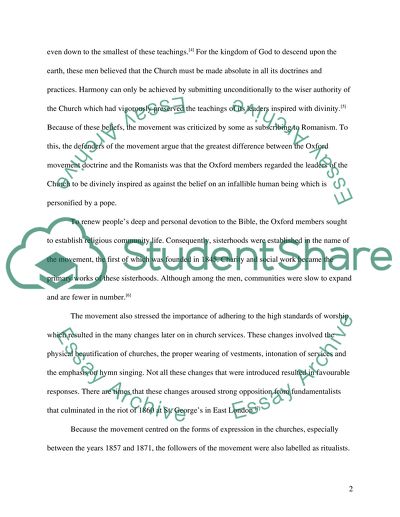Cite this document
(“John Keble and the Oxford Movement Essay Example | Topics and Well Written Essays - 2000 words”, n.d.)
John Keble and the Oxford Movement Essay Example | Topics and Well Written Essays - 2000 words. Retrieved from https://studentshare.org/history/1506114-john-keble-and-the-oxford-movement
John Keble and the Oxford Movement Essay Example | Topics and Well Written Essays - 2000 words. Retrieved from https://studentshare.org/history/1506114-john-keble-and-the-oxford-movement
(John Keble and the Oxford Movement Essay Example | Topics and Well Written Essays - 2000 Words)
John Keble and the Oxford Movement Essay Example | Topics and Well Written Essays - 2000 Words. https://studentshare.org/history/1506114-john-keble-and-the-oxford-movement.
John Keble and the Oxford Movement Essay Example | Topics and Well Written Essays - 2000 Words. https://studentshare.org/history/1506114-john-keble-and-the-oxford-movement.
“John Keble and the Oxford Movement Essay Example | Topics and Well Written Essays - 2000 Words”, n.d. https://studentshare.org/history/1506114-john-keble-and-the-oxford-movement.


